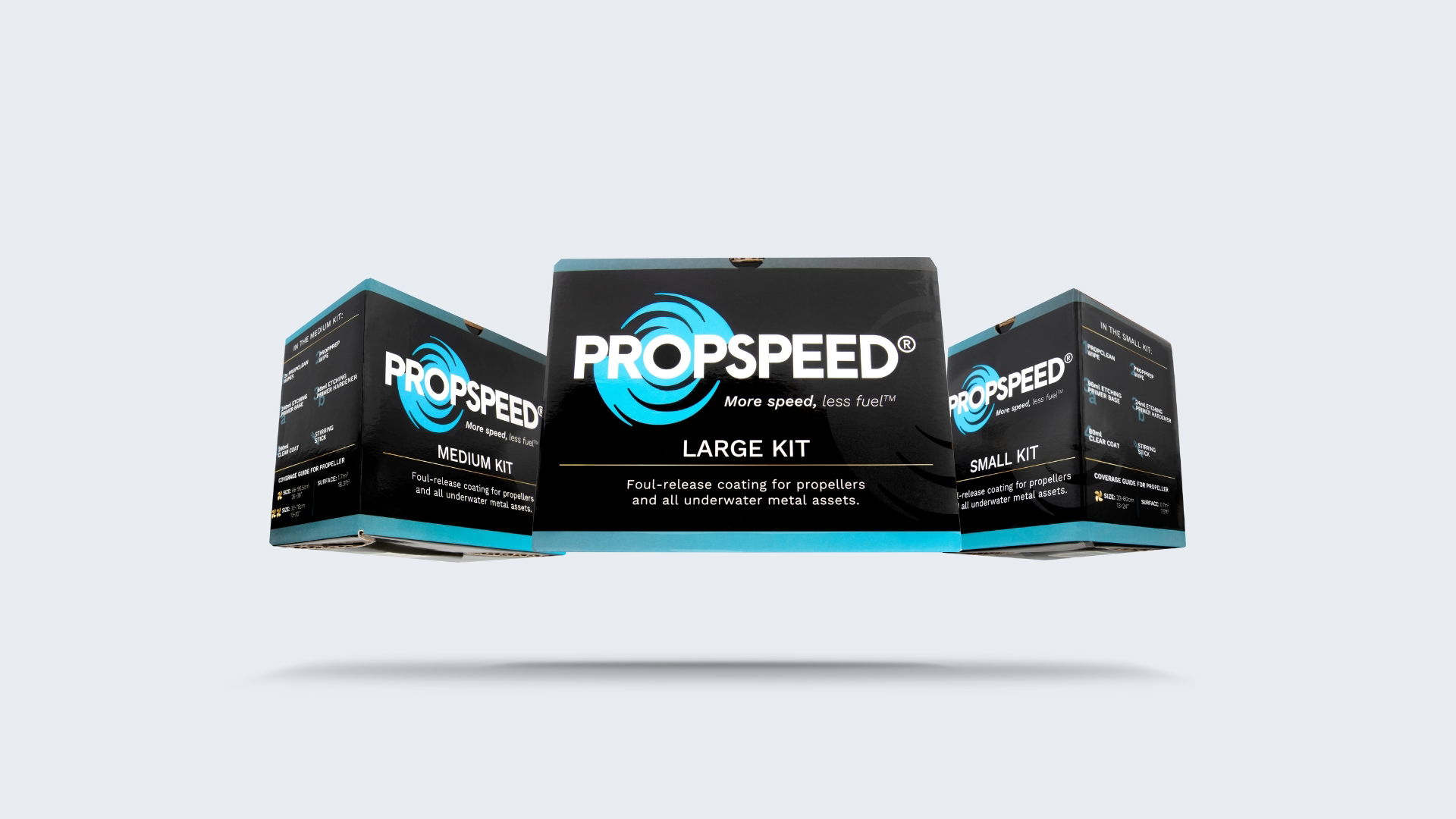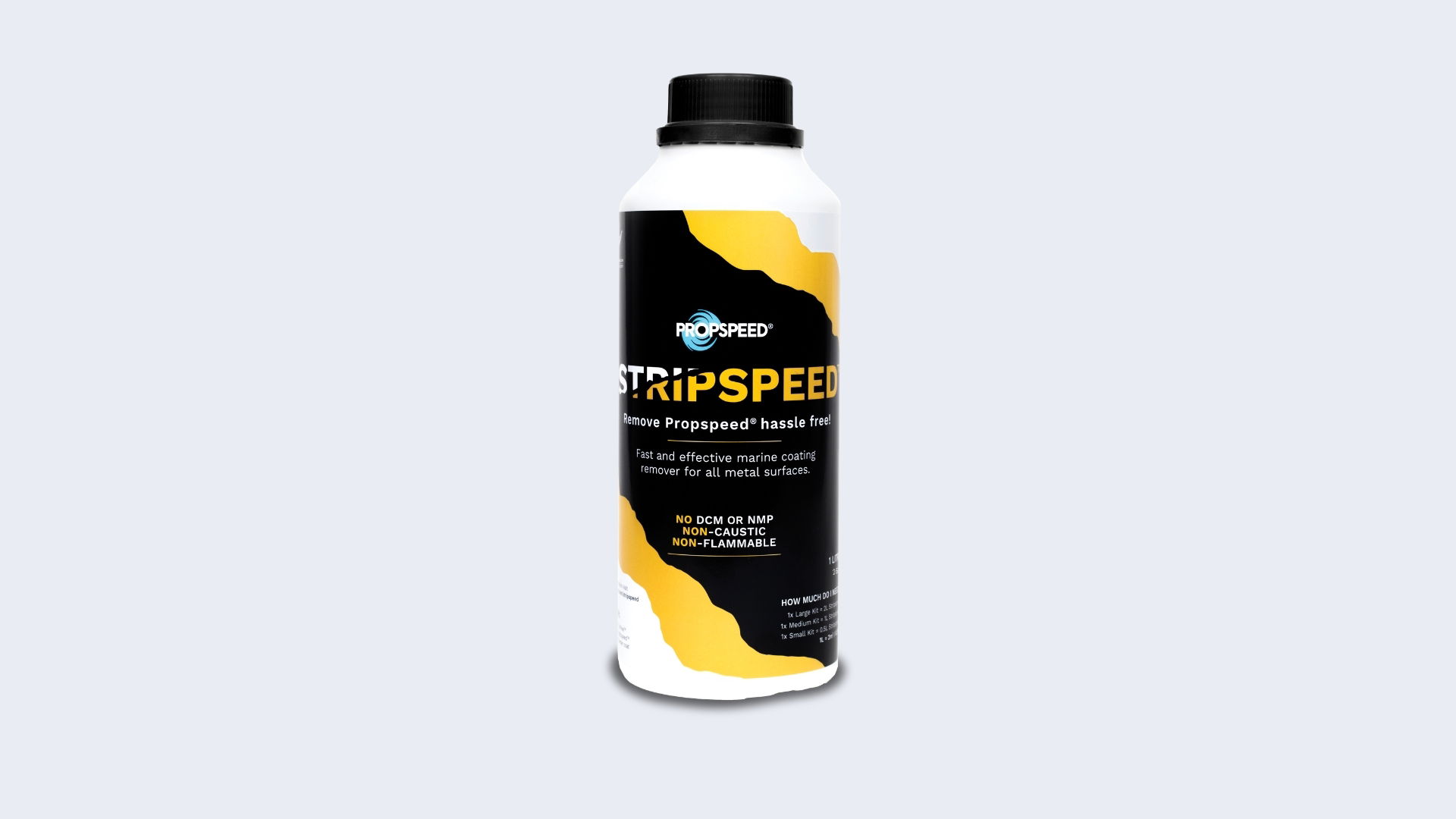
NEWS & ARTICLES
TOP 5 ECO-FRIENDLY SUPERYACHTS
SUMMARY
Is the superyacht industry going green? With advances in technology and a growing awareness of our impact on the environment, eco-friendly superyachts are becoming more popular than ever. From built in solar panels to hybrid propulsion systems, we’ve put together a list of our top five eco-friendly superyachts, old and new.

BLACK PEARL
The winner of the Sailing Superyacht of the Year Award for 2019, this impressive yacht is taking big strides in the eco-friendly world. At 106.7 meters (305 feet), Black Pearl, delivered by Oceanco in 2016, is the largest sailing superyacht in the world. Under sail, she is capable of reaching speeds of up to 30 knots, while under motor she cruises at a comfortable 12 knots, with a top speed of 17.5 knots.
With the aid of regenerative technologies, Black Pearl is said to be capable of crossing the Atlantic using only 20 litres of fuel. One of these technologies is the yacht’s ability to generate electricity using its propeller. When under sail and generating enough hull speed, the blades on the propeller can be manoeuvred into regeneration mode, which is then consumed by the electrical switchboard inside the yacht. In simple terms, the propeller can be used as a turbine to generate electricity.
The other significant power source is the solar panels built into the fabric of the 2900 square meter sails, allowing the superyacht to generate electricity while sailing. Black Pearl can also store any of this unused energy using large-scale batteries and heat capture technologies.
It’s no mystery as to why this incredible superyacht won the Sailing Superyacht of the Year Award for 2019.

SAVANNAH
Built in 2015, Savannah was the first eco-friendly yacht built by Feadship. She made waves in the marine industry, winning the Holistic Design Award at the Showboats Design Awards in 2016, as well as Motor Yacht of the Year at the 2016 World Superyacht Awards.
The 83.5 meter (273 feet) motor yacht features a hybrid propulsion system, combining the use of a main diesel engine with three gensets, batteries, a variable pitch propeller and an azimuting thruster, as well as a hull shape designed with efficiency in mind. The hybrid propulsion system and hull design have resulted in reduced emissions and around 30 per cent fuel savings, while she is still capable of cruising at a considerable 14 knots.

SAFIRA
Built by Newcastle Marine in 2013, “green” went into every aspect of Safira. The 39.3-meter global explorer yacht is propelled by Azipod drives which typically see 18% better fuel efficiency and her two Caterpillar C32 ACERT engines can run on a mix of biodiesel and diesel, allowing her to reach a top speed of 13 knots and cruise comfortably at 11 knots, all the while burning less fuel.
When designing Safira’s interior, the goal was to reduce energy consumption and so the entire vessel is insulated, requiring less energy for heating and cooling the interior, as well as featuring LED lights throughout. This allows Safira to use less fuel as she carries smaller generators.
Every material making up the interior was selected on its environmental factor. The wooden flooring throughout the guest area was made using oak that had been discarded from other projects and re-milled. All stonework was also created using the excess from other projects.
The interior structure of the yacht was constructed using forest-certified wood, and forest-certified Sapele was used for all walls and cabinets. Marmoleum, a natural, renewable and recycled linoleum flooring was used for the galley and utility area flooring. Marmoleum also has the lowest environmental impact and CO2 footprint in comparison to other resilient floorings.
Instead of the classic teak, Esthec was used for Safira’s decks, a composite decking that resembles wood but is eco-friendly from its manufacturing to maintenance.

RAINBOW
This stunning 39.95-meter J-class yacht, developed from the original plans of the 1934 America’s Cup winner of the same name, was built in 2012 by Holland Jachtbow.
When under motor, Rainbow is powered by a hybrid diesel-electric drive and electrical system and can cruise for up to 3 hours in battery-only mode using her Hy-store Li-ion batteries. These batteries power everything needed for sailing, navigation and hotel load and can also be charged while sailing.
The hybrid system also significantly reduces noise emissions from the yacht and makes for a quieter cruising experience.

ETHEREAL
S/Y Ethereal, the world’s first hybrid superyacht, was launched in 2008 by Royal Huisman. Ethereal features an innovative electro-mechanical propulsion system, allowing her the option of three modes of propulsion; sail, mechanical or via rechargeable batteries.
The impressive superyacht is capable of storing 400 kWh of energy in her battery banks, providing enough power to meet peak load requirements, including raising the anchors, hoisting sails and running ship systems for several hours. Ethereal runs a single generator, so the battery bank can recharge in off-peak hours when power demand is low. When using the main engine as an additional generator, the battery bank can be recharged in two hours. Naturally, this hybrid propulsion system also significantly reduces noise emissions.
The unique electro-mechanical propulsion system doesn’t equal poor speed either. The 58-meter superyacht can motor at 12 to 14 knots and sits at a comfortable 15 to 16 knots when under sail.
- Category Article
- Boating and Yachting Eco-Friendly Superyachts
INDUSTRY NEWS & EXPERT ARTICLES
Explore our strategic partnerships, expert articles, endorsements from industry-leading OEMs and more.












